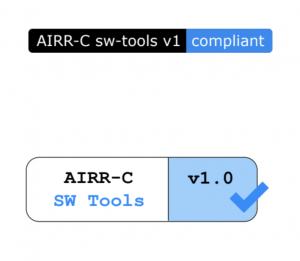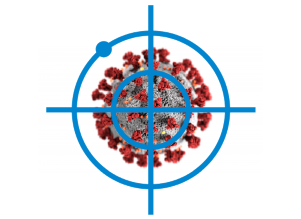The AIRR Community is excited to announce that partis has been certified as compliant with the AIRR-C v1.0 standard for AIRR-Seq software tools. partis is an HMM-based framework for B- and T-cell receptor sequence annotation, simulation, clonal family and germline inference, and affinity prediction. It is built on top of the ham HMM compiler and ig-sw set of Smith-Waterman annotation tools. partis is free software under the GPL v3.
In an effort to enable rigorous and reproducible immune repertoire research at the largest scale possible, the AIRR-C Software Working Group has established a standard to validate software tools using the AIRR-C Standards and meeting a series of interoperability and quality criteria. Developers interested in certifying their tools should complete the checklist and submit it to the AIRR-C Software Working Group for evaluation and ratification by its members.
More details can be found at the website AIRR Software WG – Guidance for AIRR Software Tools.
All compliant tools will be issued a badge and listed on the website AIRR Software WG – List of Tools Certified as Compliant. The list currently includes CompAIRR, Dandelion, Immcantation, ImmuneDB, ImmuneML, Scirpy, SONAR and TRUST4 in addition to partis.



